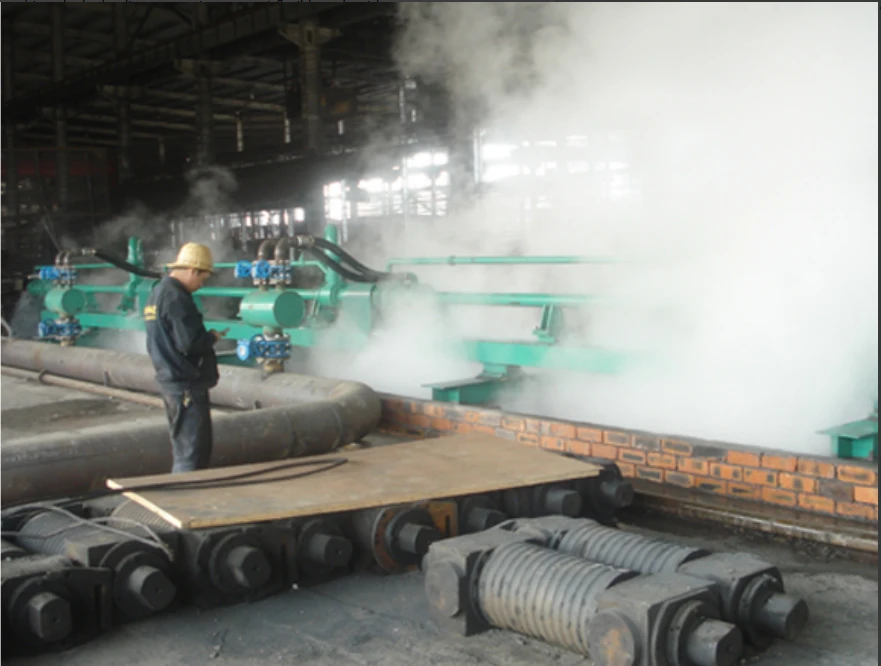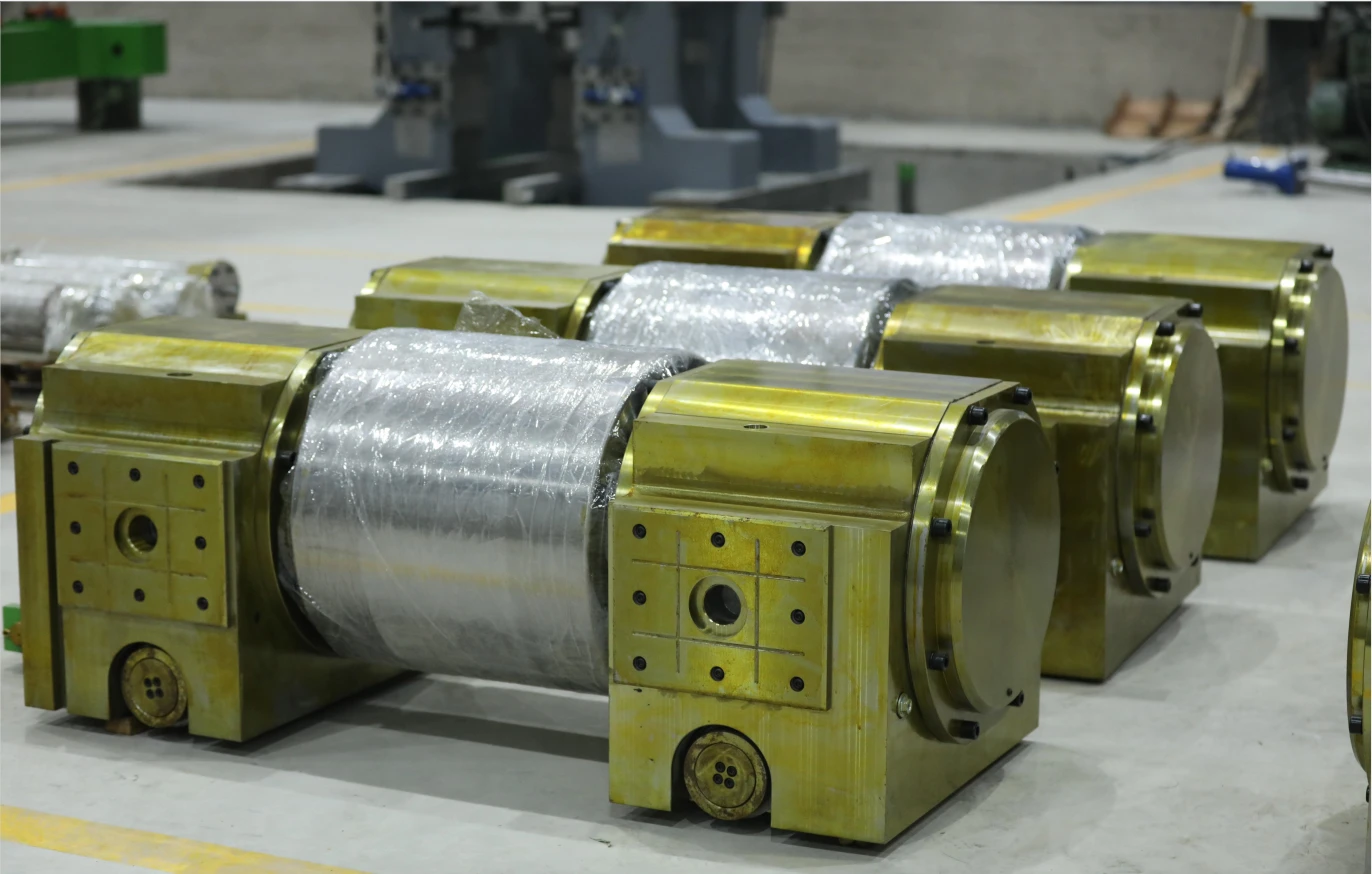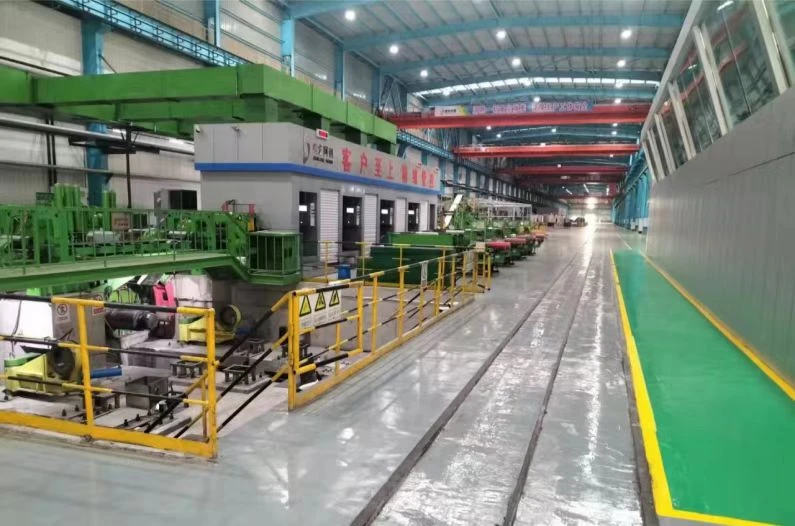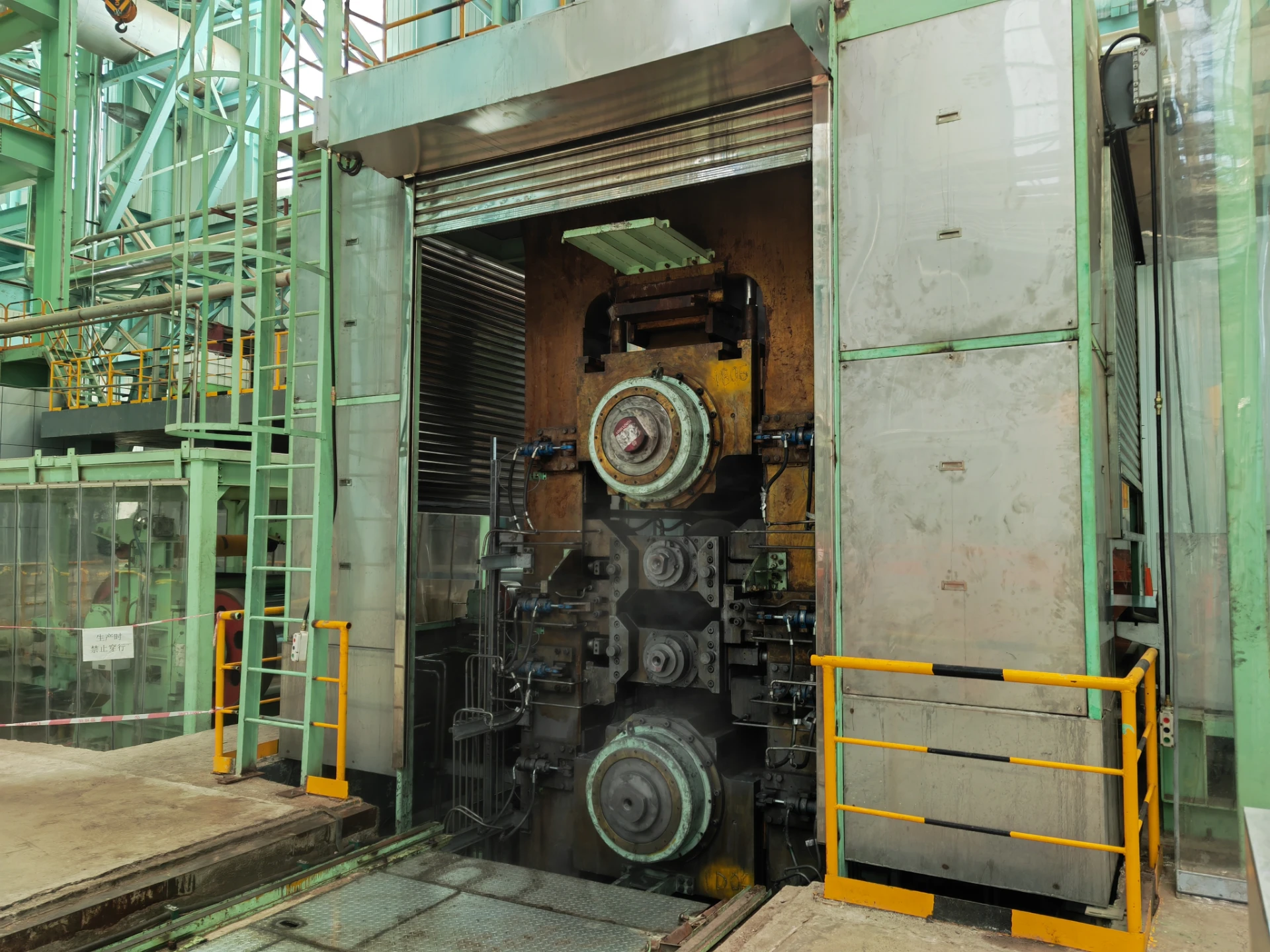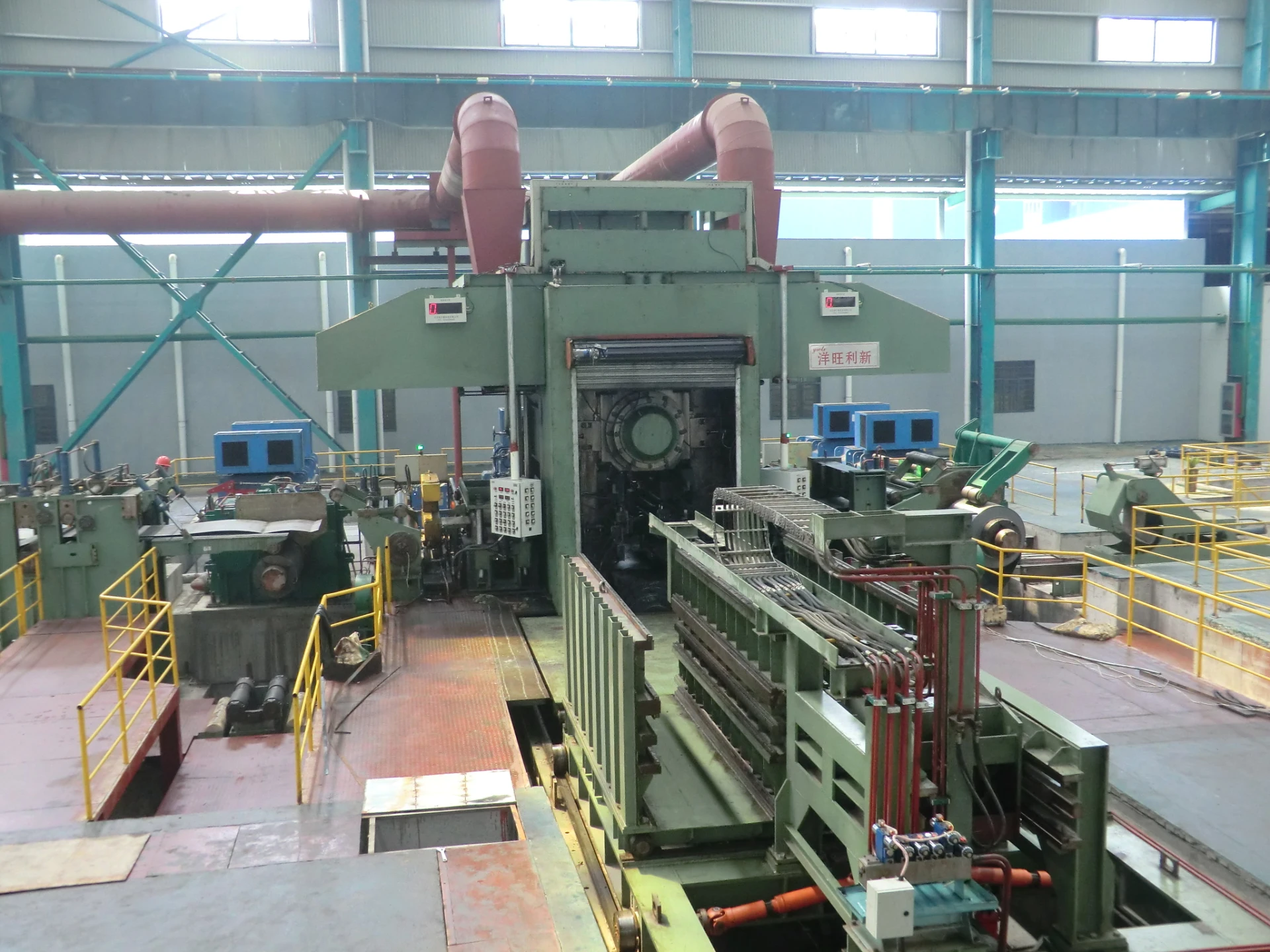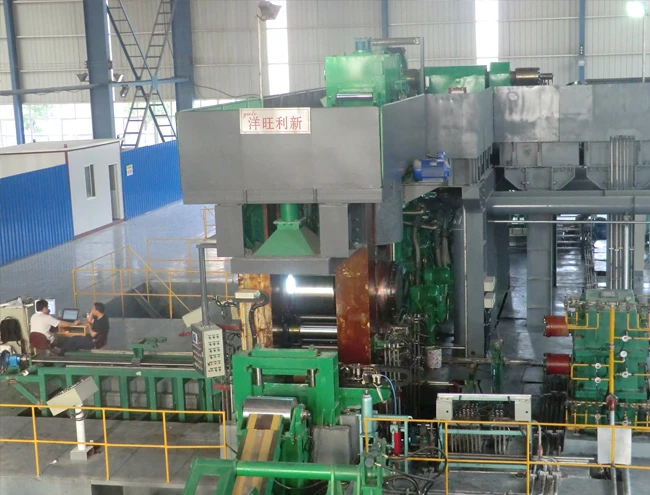
Ключевые компоненты гидравлических систем автоматического регулирования толщины слоя (AGC)
Гидравлический Автоматическое управление калибровкой (AGC) Системы являются неотъемлемой частью отраслей, где точная и постоянная толщина материала имеет важное значение, например, в металлопрокатной, бумажной и алюминиевой промышленности. Основная функция систем AGC заключается в автоматической регулировке зазора или давления между роликами в процессе производства, гарантируя, что материал обрабатывается до точной требуемой толщины. Эти системы повышают эффективность производства и качество продукции, одновременно сокращая вмешательство человека и отходы материала. В основе системы AGC лежат несколько ключевых компонентов, которые работают вместе без сбоев для достижения этой точности.

Гидравлические приводы: движущая сила управления шириной колеи
Hydraulic actuators are one of the most critical components of an AGC system, responsible for providing the necessary force to adjust the gap between rollers in response to varying material thickness. These actuators use hydraulic pressure to drive mechanical systems that control the position of rollers in real time. By converting hydraulic energy into mechanical motion, hydraulic actuators enable precise control over the material processing gap, ensuring uniform thickness across the entire width of the material.
The actuators are often connected to hydraulic pumps, valves, and accumulators to maintain constant pressure and adjust the roller gap as needed. The hydraulic actuators in AGC systems are typically designed for high durability and performance, as they operate under extremely high pressures and need to respond quickly to control signals. With their ability to apply large forces with high precision, hydraulic actuators form the backbone of the AGC system’s ability to maintain consistent material thickness.
Для достижения высокой точности и эффективности необходимо Система АРУ requires continuous monitoring of the material's thickness and the gap between rollers. Sensors play a crucial role in providing real-time feedback to the system, enabling it to adjust the roller gap automatically. Common types of sensors used in AGC systems include thickness sensors, position sensors, and pressure sensors.
Thickness sensors measure the material’s thickness as it passes between the rollers, while position sensors track the position of the rollers themselves. Pressure sensors monitor the hydraulic pressure in the actuators to ensure that the correct amount of force is being applied. The data gathered by these sensors is sent to the system's central controller, which uses it to make adjustments to the hydraulic actuators in real time.
By constantly feeding information about the material's thickness, roller gap, and hydraulic pressure, the sensors allow the AGC system to adjust and maintain the desired material specifications without manual intervention, ensuring high consistency and quality throughout the production process.
Программное обеспечение управления: мозг, стоящий за системой AGC
The control software is often referred to as the brain of the Система автоматического контроля калибра, as it processes all the information from the sensors and makes the necessary decisions to control the actuators. Using complex algorithms and data processing techniques, the control software continuously monitors material thickness, roller position, and hydraulic pressure, making precise adjustments to ensure optimal production conditions.
Современный Системы АРУ часто включают сложные контуры управления с обратной связью, где управляющее программное обеспечение регулирует положение привода на основе данных от датчиков в реальном времени. Система также может включать возможности предиктивного управления, используя исторические данные и характеристики материалов для прогнозирования корректировок до того, как они понадобятся. Это повышает общую отзывчивость и стабильность системы, снижая вероятность ошибок и улучшая качество конечного продукта.
In addition to automatic adjustments, the control software also enables operators to manually override the system if needed. This feature provides flexibility, allowing human operators to intervene in case of unexpected conditions or to adjust settings based on specific production requirements.
Автоматический контроль давления: обеспечение стабильного приложения силы
Во многих системах AGC автоматический контроль давления — это ключевая функция, которая работает совместно с другими компонентами, гарантируя, что ролики прилагают правильное усилие во время обработки материала. Автоматический контроль давления помогает поддерживать стабильное и постоянное давление в гидравлической системе, что необходимо для регулировки зазора между роликами, не вызывая деформации материала.
Pressure sensors continuously monitor the hydraulic system’s pressure levels, while the control software adjusts the pressure to match the required gap size. This prevents fluctuations in force application that could lead to inconsistent material thickness or even damage the rollers. The автоматический контроль давления Эта функция оптимизирует силу, прикладываемую к материалу, гарантируя эффективность и точность производственного процесса.
Автоматический контроль давления также играет роль в энергоэффективности. Регулируя гидравлическое давление только при необходимости, система снижает потребление энергии, снижая эксплуатационные расходы и продлевая срок службы гидравлических компонентов.
Интеграция и коммуникация: бесперебойная работа системы AGC
Последний, но не менее важный аспект Система АРУ is the integration and communication between all its components. The hydraulic actuators, sensors, control software, and automatic pressure control mechanisms must work together seamlessly to ensure smooth operation. This integration is typically achieved through industrial communication protocols such as Ethernet/IP, Modbus, or Profibus, which allow the various components to exchange data efficiently and in real time.
The communication network connects the sensors to the control software, enabling quick decision-making based on accurate, up-to-the-minute data. This enables the system to react to any changes in material thickness, roller position, or hydraulic pressure almost instantly, ensuring that the desired output is achieved consistently.
В заключение следует отметить, что Система автоматического контроля ширины колеи (AGC) relies on a sophisticated network of components to deliver precise and consistent material thickness. The hydraulic actuators provide the force needed for gap adjustment, while sensors offer real-time data on material thickness and system performance. The control software processes this data to make timely adjustments, and automatic pressure control ensures stable operation. Together, these components form a powerful system that boosts production efficiency and product quality, making it indispensable in industries where precision is paramount.
-
Indian Clients Visit YWLX to Inspect Skin-pass MillНовостиJun.22,2025
-
Typical Products from Reversing Cold Rolling ProcessНовостиMay.26,2025
-
Surface Finish Improvement through Skin Pass RollingНовостиMay.26,2025
-
Integration of AGC Systems in Modern Cold Rolling MillsНовостиMay.26,2025
-
Cold Rolling in the Context of High-Strength Steel DemandНовостиMay.26,2025
-
AGC in Hot Rolling Mills: Challenges and SolutionsНовостиMay.26,2025
-
Why Reversing Cold Rolling Mills Are Ideal for Specialty MetalsНовостиMay.13,2025




